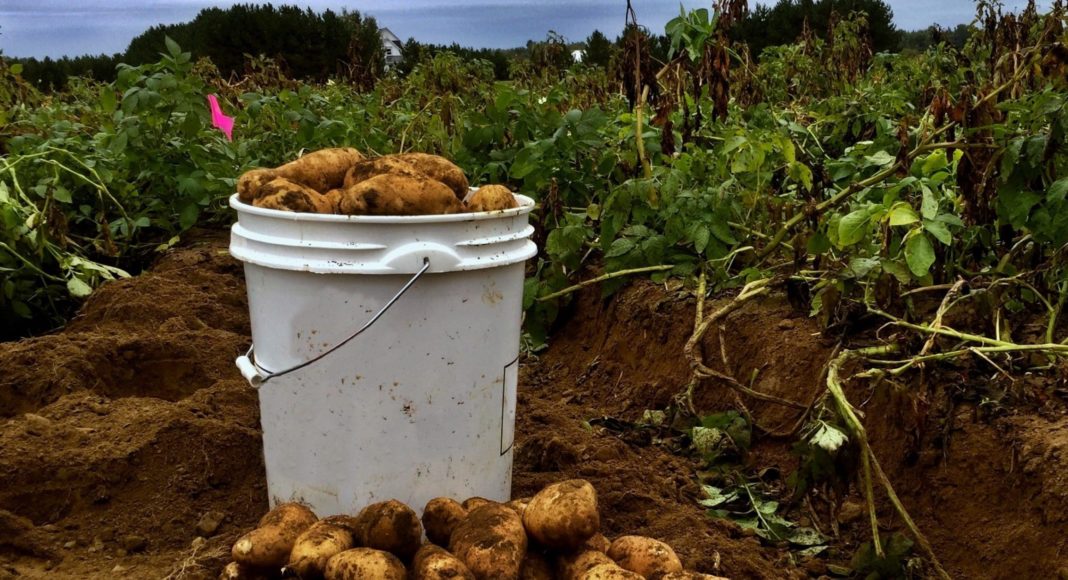The push for sustainability in agriculture today has garnered mainstream attention. We’re shifting towards seeing and valuing regenerative, soil-health promoting practices, and that’s good for the long-term viability of the industry. Cover crops, reduced tillage, planting into more residue to reduce erosion, and choosing more sustainable chemical inputs are priorities for our whole industry. But is there a way to do all that while controlling disease and staying profitable too?
For years, most potato farmers have relied on the same products and practices to control disease. These practices require fall tillage, then spring ripping and hilling before planting: the opposite of reduced tillage, a key component of sustainability goals. Too, some pre-plant soil-applied products negatively impact soil biology, leaving the soil less productive. Across the country, farmers are weighing the equation between disease management and improved sustainability (especially reduced tillage), not realizing they can actually have it both ways.
The selective soil fumigant chloropicrin (aka Strike) aligns with both reduced tillage and soil life. Chloropicrin is row-applied in fall after tillage and hilling. Freezing and thawing through the winter/spring keeps the ground friable, meaning that – in many cases – planting can happen in spring without additional ground preparation. Chloropicrin is not only highly effective against key nematodes and disease pathogens including verticillium, rhizoctonia, black dot, and common scab, it actively promotes saprophytes, the microbial ‘good guys’ that recycle nutrients and build health in soil. Too, cover crops can be planted immediately following a late summer or fall chloropicrin application, reducing erosion and supporting soil structure and fertility. On top of supporting more environmentally beneficial production practices, chloropicrin’s reviving of tired soils produces better yields and increased returns: also critical components of sustainable production.
One of the highlights of the recent Canadian Spud Congress was a roundtable discussion about sustainability that specifically focused on reduced tillage. To those who have moved to reduced tillage practices, I applaud the great work being done in improving sustainable potato production. For those who feel held back and conflicted by the choice of disease management vs sustainability, know chloropicrin can help reach both goals.
I’m excited to hear more and talk more about sustainability at the World Potato Congress coming up at the end of May. If you’re there too, come by our TriCal Group Strike booth for a chat — I’d love to hear about your efforts on your farm.
Related Articles
The Regenerative Ag Debate for Growing Potatoes, is it Possible?








